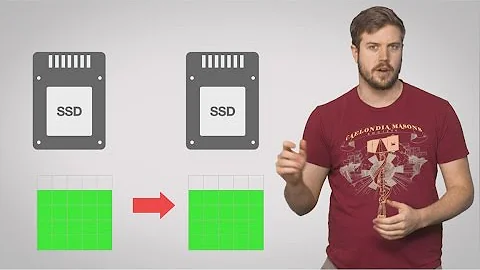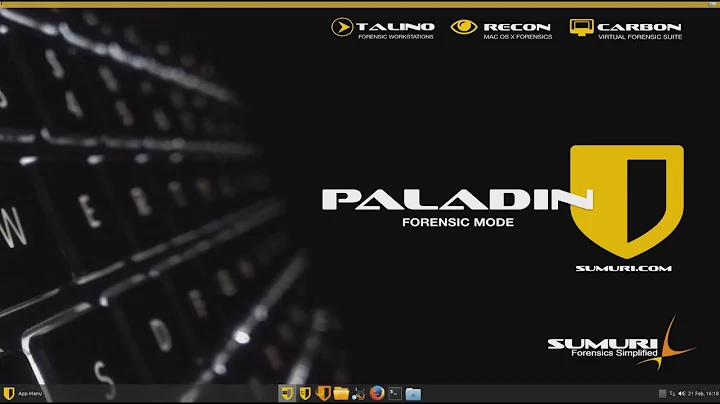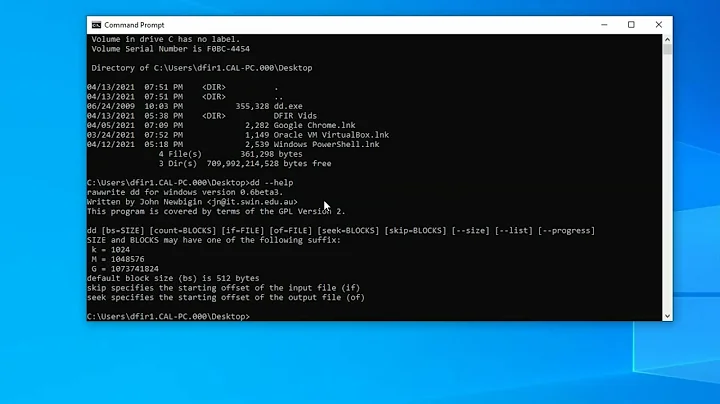Is DD Image disk writing permanent?
Solution 1
dd is a cloning tool
dd always makes a 1:1 copy, writing exactly what it reads. Standard Ubuntu iso files are approximately 1.5 GiB and they are 'hybrid' iso files, which means that the same structure will boot from a DVD drive and a USB drive (or a memory card).
This structure has a special boot sector and the ISO9660 file system, which is read-only. So you can boot from the drive, but you cannot write to it (not use it for storage).
dd can clone any file to a USB drive or memory card, for example an image file of an installed system, for example for Raspberry Pi. The result depends more on the content of the file than on dd itself.
dd is a powerful but dangerous tool, because it does what you tell it to do without questions, even if you tell it to wipe the family pictures. There is no final checkpoint, where you can make sure that everything is correct, and a small typing error is enough to clone to and overwrite the wrong drive.
Therefore I would recommend other cloning tools, that are safer, because they help you identify the correct target drive and let you double-check, that you clone to and overwrite the correct drive.
Examples:
- The Ubuntu Startup Disk Creator in Ubuntu version 16.04 LTS and newer versions
- 'Disks' aiias
gnome-disks - mkusb (when cloning which is the standard mode for linux iso files)
- Rufus (dd mode)
- Win32 Disk Imager
Extracting tools
Other tools do not clone but extract the content from the iso file and modify it (copy to a read-write file system and fix the bootloader). This requires that the tools recognize the boot structure of the iso file, and when it changes, such tools will fail. An extracting tool will get problems with new versions of a linux distro, if the boot structure changes from the previous version, until the tool is modified to take that into account.
Examples:
- The Ubuntu Startup Disk Creator in Ubuntu versions before 16.04 LTS
- Unetbootin
- Rufus (ISO mode)
- mkusb (when creating Ubuntu persistent live drives or Windows install drives)
Restore to a standard storage drive
It is possible to restore a cloned USB boot drive with Ubuntu to a standard storage drive unless the drive hardware is damaged (for example by excessive wear). You can use several tools to do it, for example mkusb, which can
- Clone from an iso file or a compressed image file to a live-only USB drive
- Extract from an iso file and create a persistent live USB drive or a Windows install drive
- Wipe a USB drive
- Restore a USB drive to a standard storage drive (after it was used to install Ubuntu).
Solution 2
The short and simple answer is no.
dd can not do permanent modifications to your devices.
All it does is writing to the block device file descriptor provided by the Linux kernel, which is what every other tool would do too at some point. The technical process of writing data to the device is always the same.
What probably makes the difference is how the disk image you want to write is interpreted. dd always makes a 1:1 copy, writing exactly what it reads. This also means that if your image is 1GB big, but your device has 4GB space, only 1GB will be used and the rest remains as unpartitioned space.
I guess that the ISO mode you describe would expand the image while writing, so that it finally covers the whole device, making use of the free space and including it into the usable partition...
Solution 3
ISO mode just lets you access the drive in Windows still, and have it show up like a CD. DD mode writes the image to the drive in a native, raw manner, which will cause the drive to no longer be visible in Windows Explorer. ISO mode is easier for people to understand and use, which is one of the reasons they recommend it.
You can always repartition and format the drive and use it again after a DD write.
Related videos on Youtube
Admin
Updated on September 18, 2022Comments
-
 Admin over 1 year
Admin over 1 yearI was using rufus to install Ubuntu, but I came across an odd thing. It basically said that the iso i was using was a hybrid, and that i had a choice to do ISO image mode, or DD image mode. I had no idea what DD was, so i did ISO, but i could not get the PC to boot from that, so I wanted to do DD, but then I noticed that it said it recommended ISO because of full use of the drive. This made me think that DD might be permanent. Yes, I have no idea what im doing and my research is no help. I just need a yes or no answer and maybe a simple explanation.
-
 Byte Commander about 7 yearsI don't know the exact difference because I don't know how ISO mode works (probably it just proportionally grows the image file you provide to exactly fit the device size), but
Byte Commander about 7 yearsI don't know the exact difference because I don't know how ISO mode works (probably it just proportionally grows the image file you provide to exactly fit the device size), butddis definitely not permanent. It writes the data in exactly the same way any other tool would do, and it can always be overwritten again later. -
 Admin about 7 yearsthx! that's exactly the answer i needed.
Admin about 7 yearsthx! that's exactly the answer i needed. -
 Byte Commander about 7 yearsConverted that comment into an answer, so that you can accept it and mark your question as solved - if it is, of course.
Byte Commander about 7 yearsConverted that comment into an answer, so that you can accept it and mark your question as solved - if it is, of course.
-





